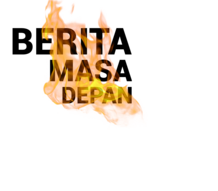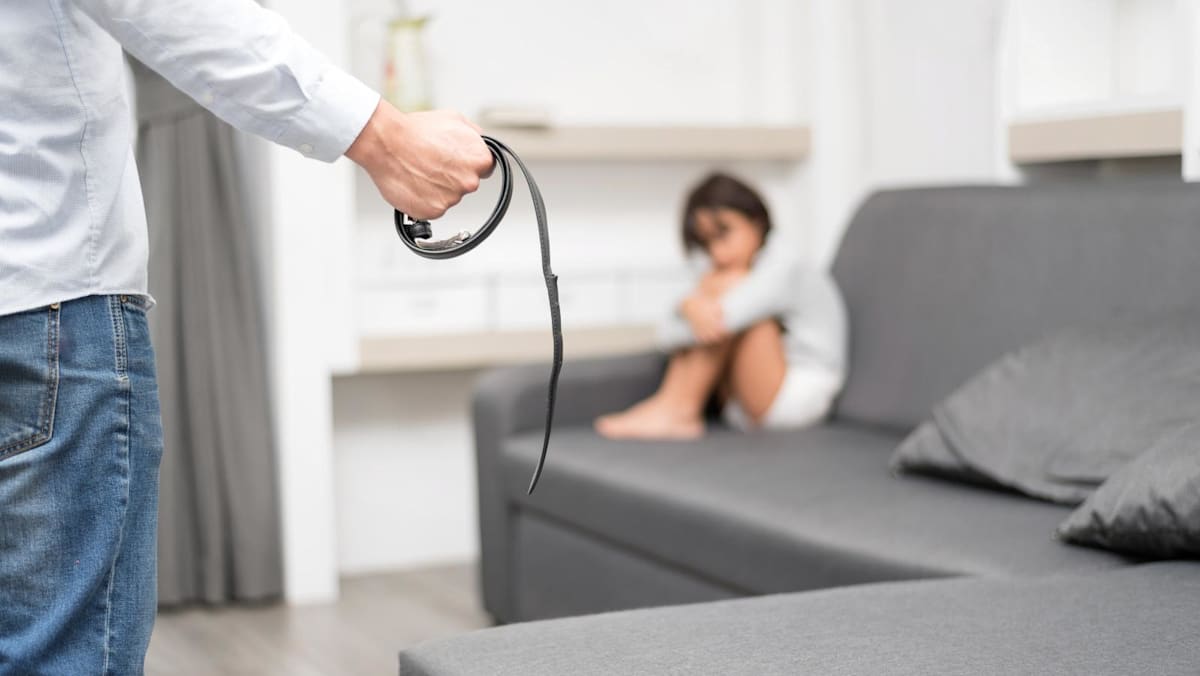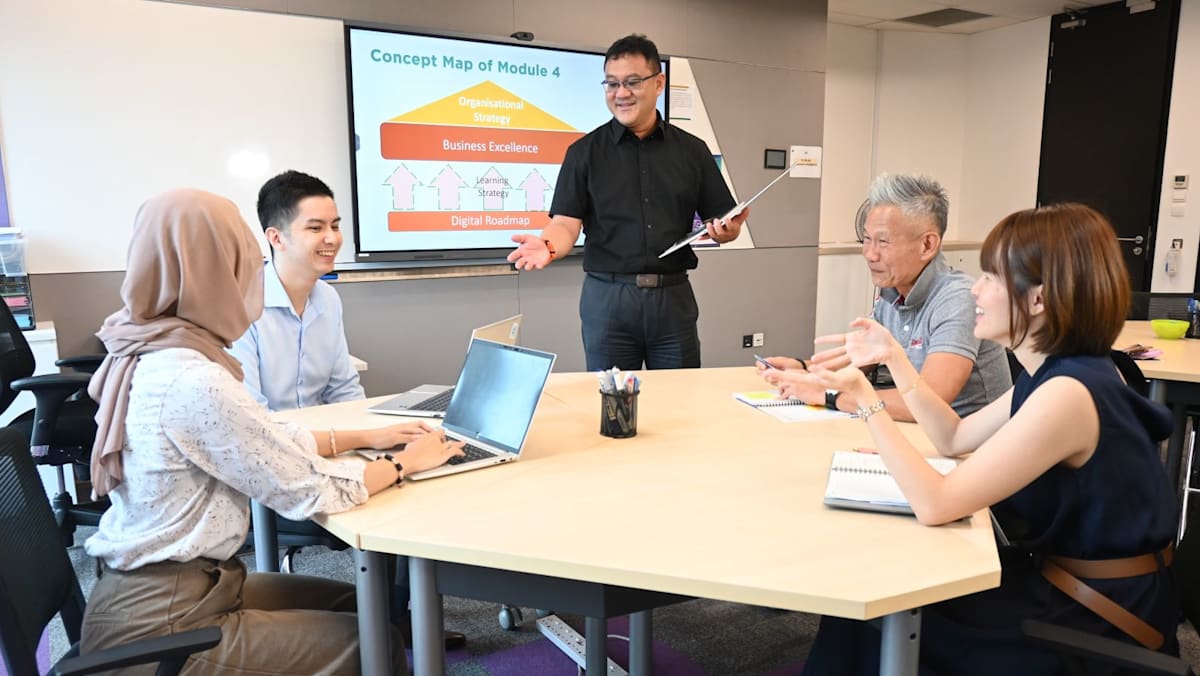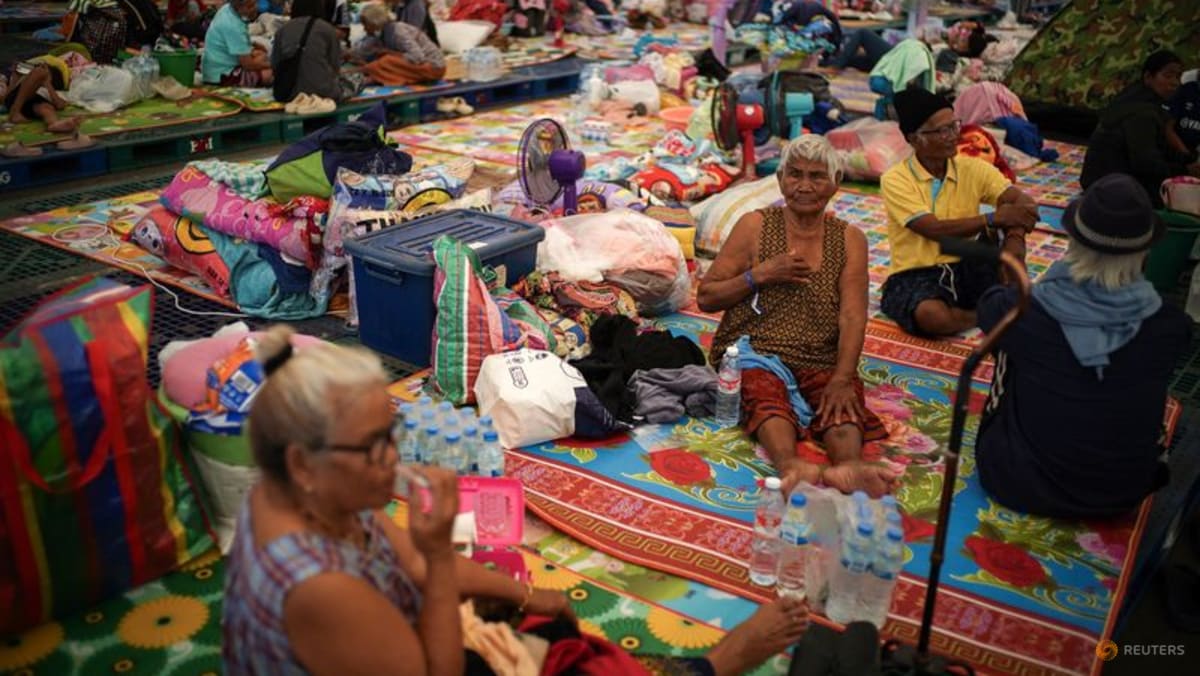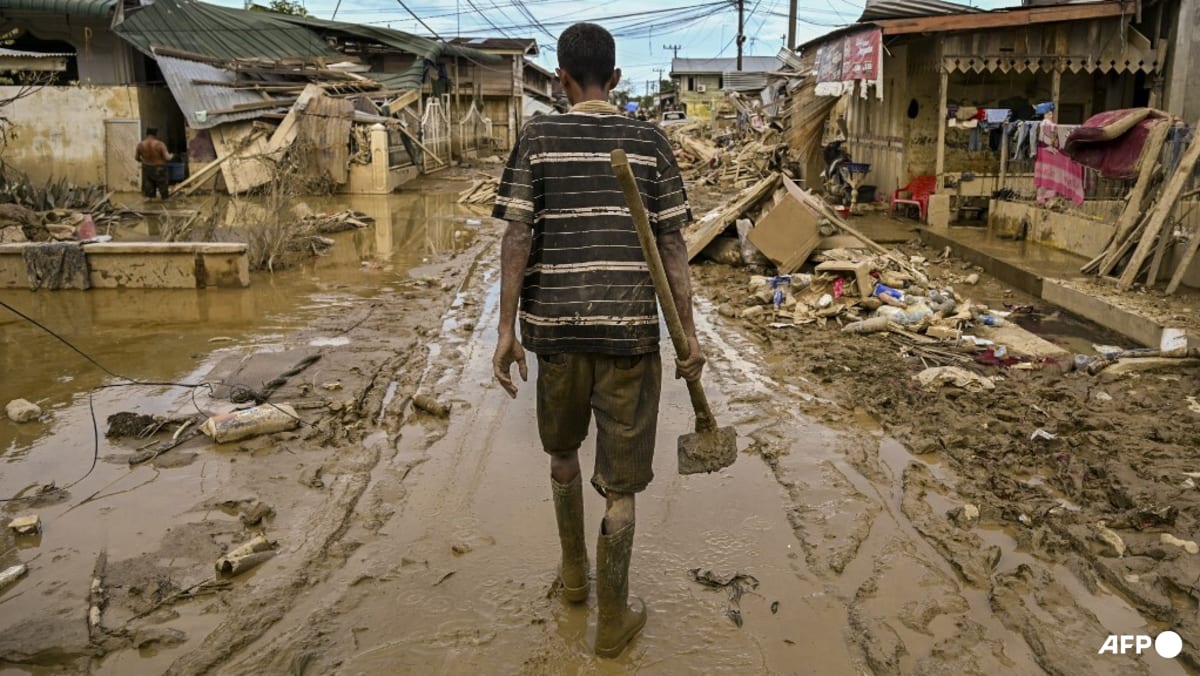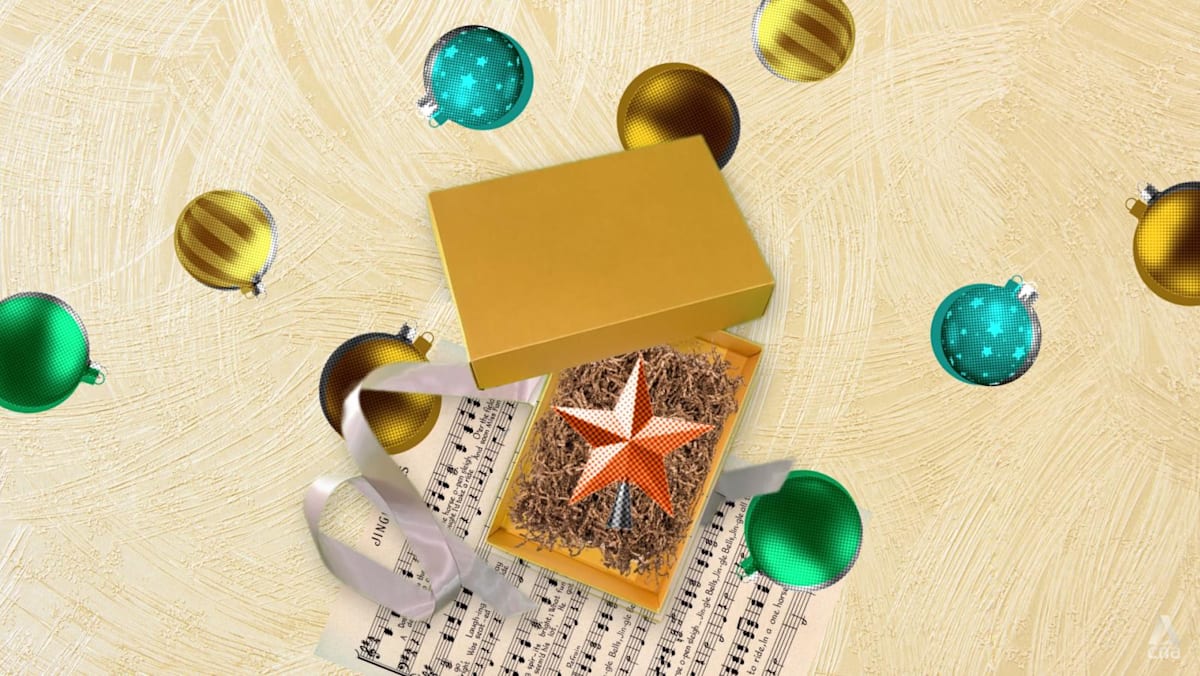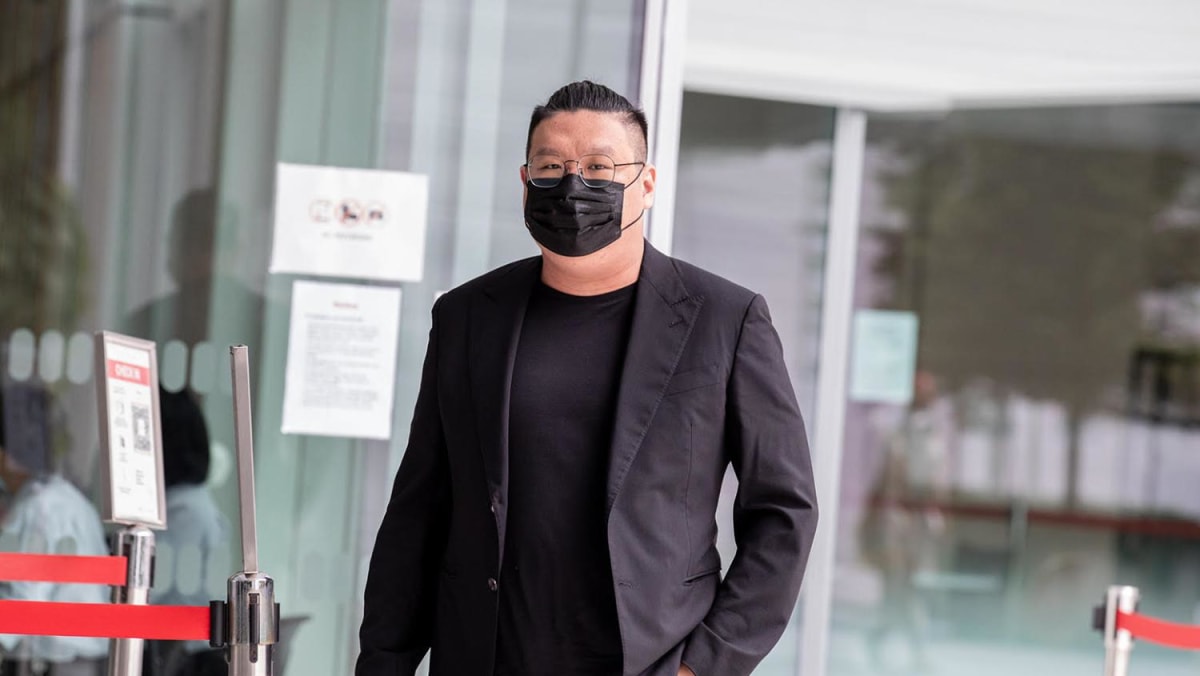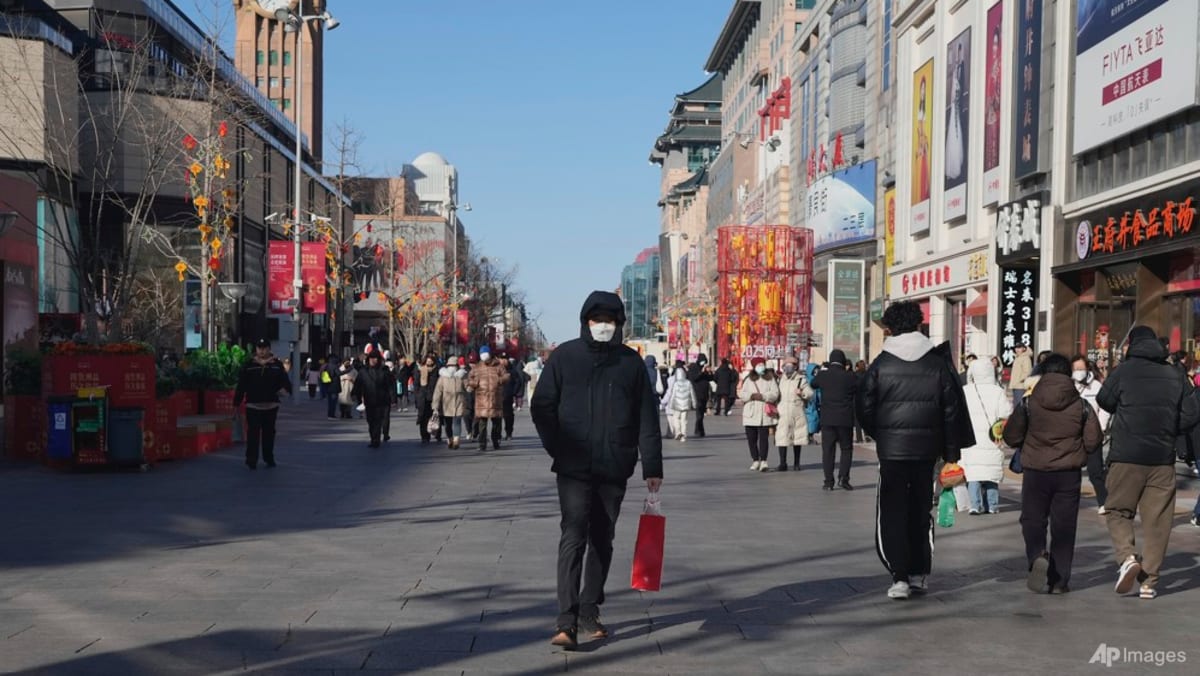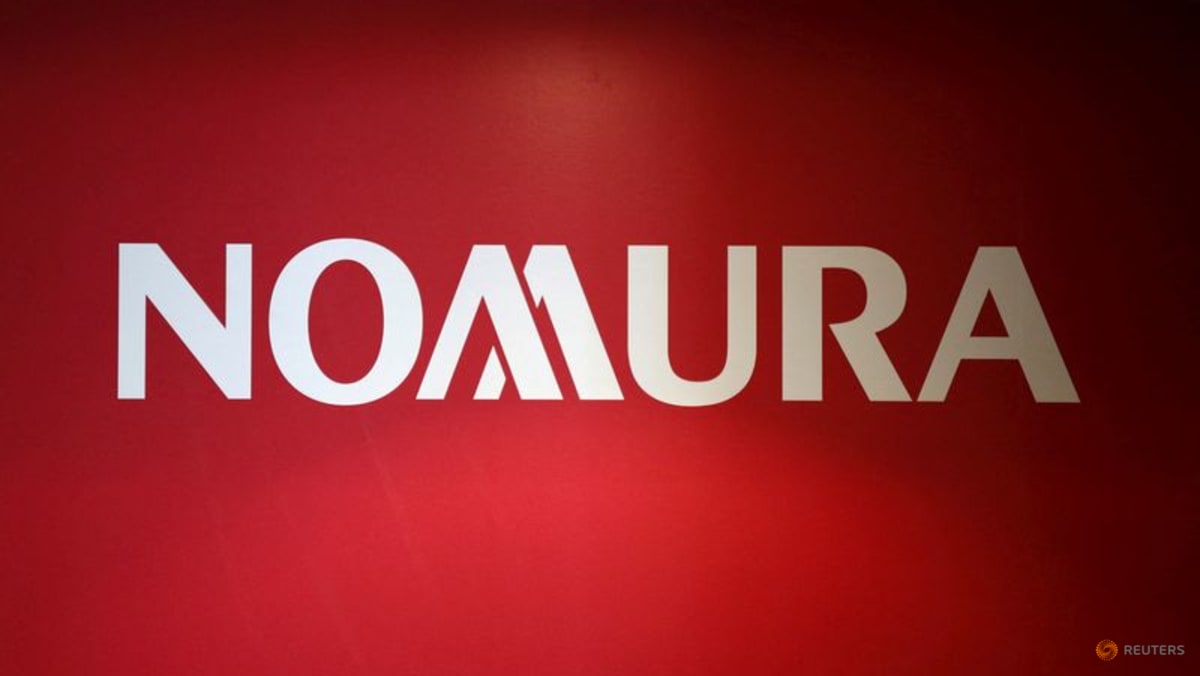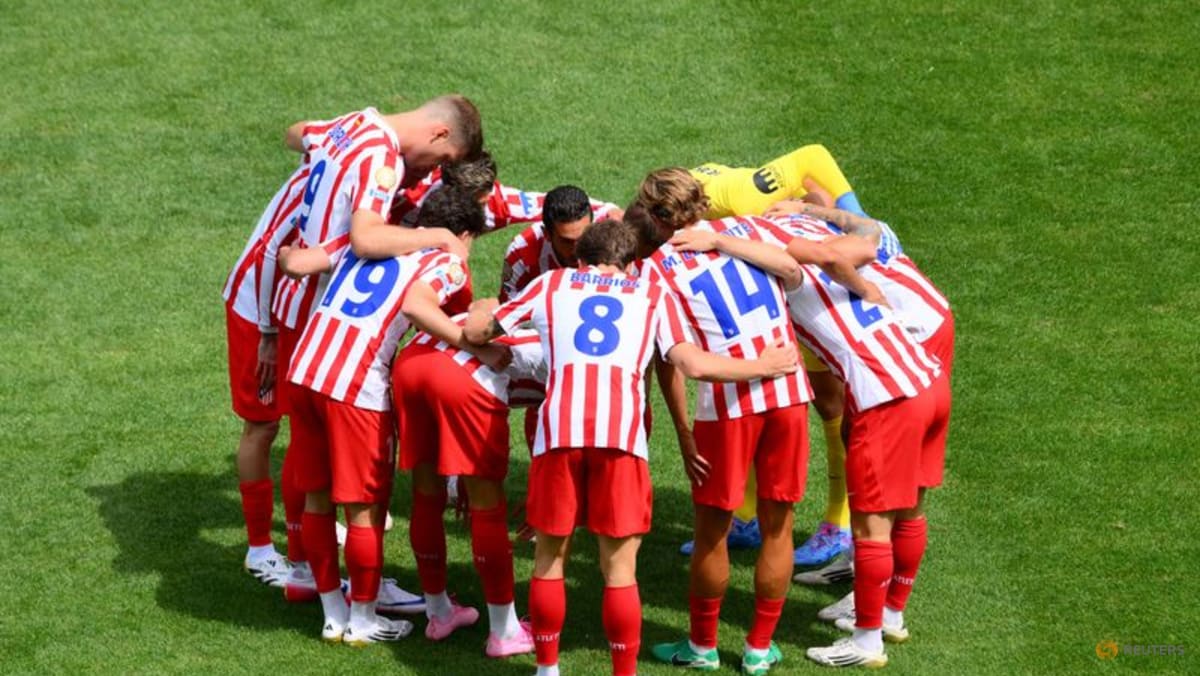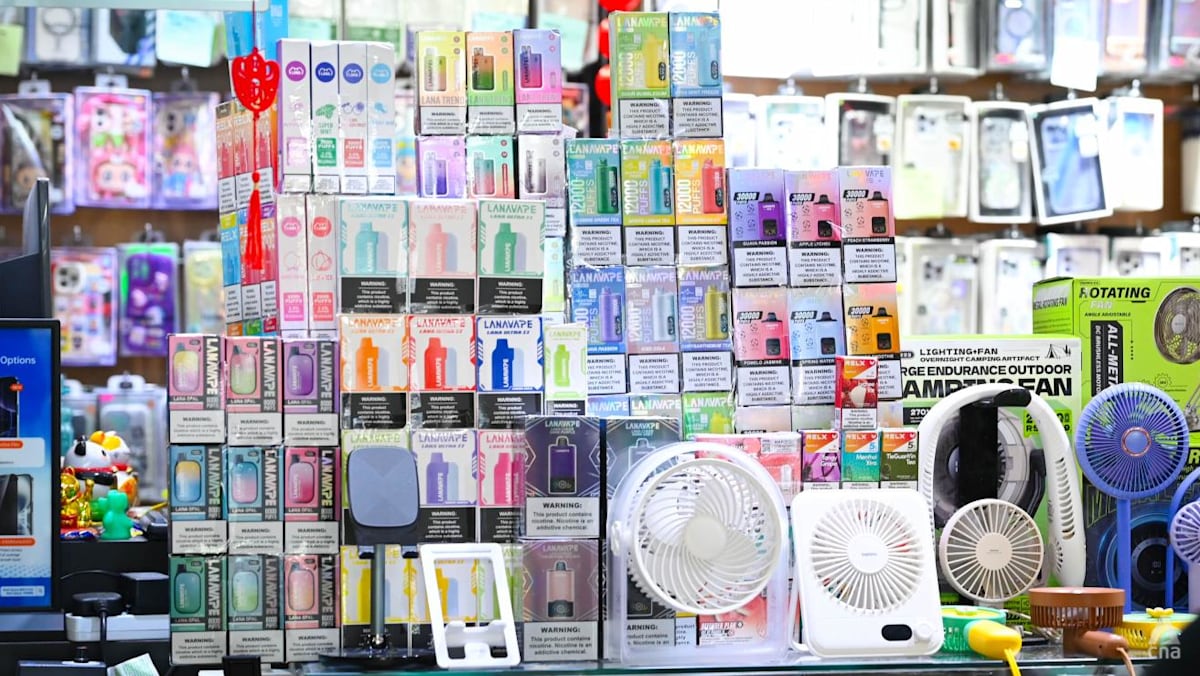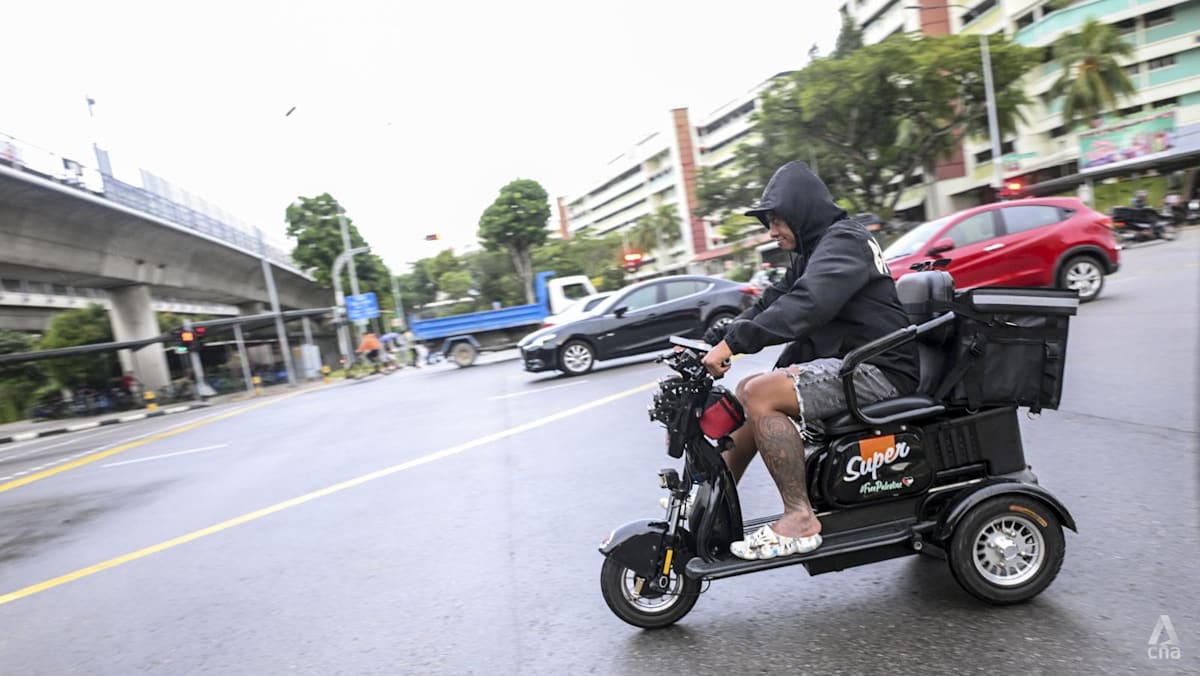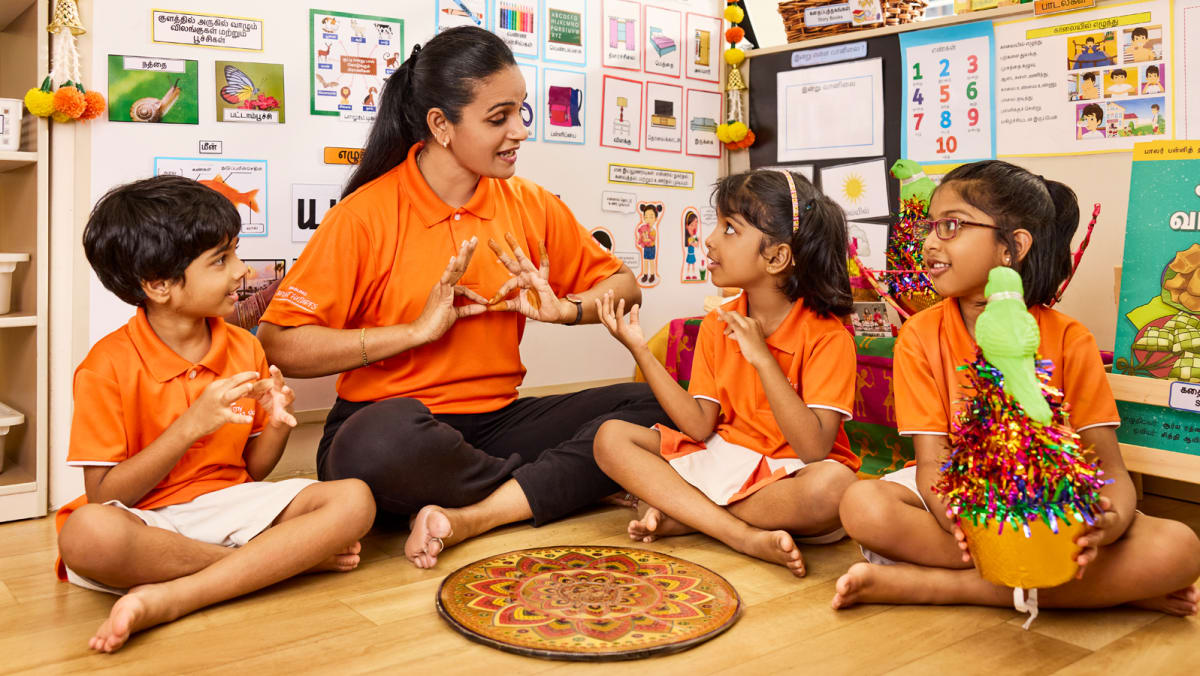At this year’s competition, young innovators showed how STEM and imagination can come together to turn ambitious ideas into tangible outcomes.
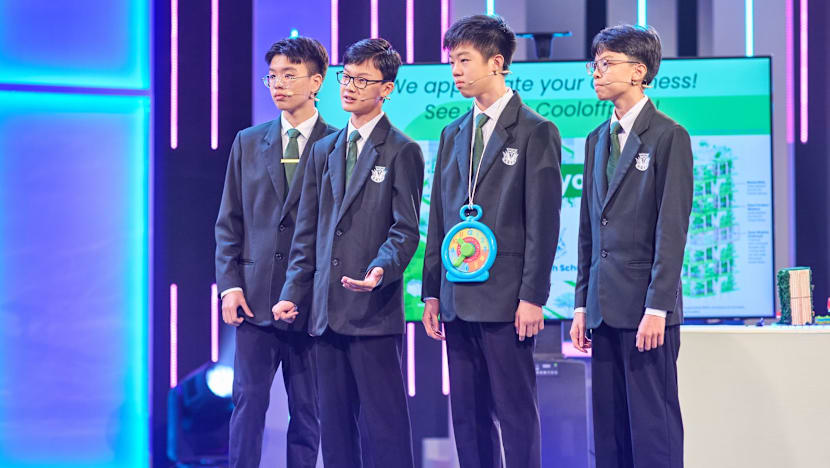
Out of 45 schools across Singapore, four advanced to the finals, with Catholic High School securing its first-ever championship title. Photos: Mediacorp Studio 3
New: You can now listen to articles.

This audio is generated by an AI tool.
Auto-sorting trash points, smart urban farming systems and a temperature-regulating city. These futuristic ideas may sound like the work of seasoned engineers, but at the National STEM Championship 2025 (NSTEMC), these bold prototypes came from Singapore’s secondary school students.
Organised by Science Centre Singapore (SCS), this annual competition showcases bright young minds applying science, technology, engineering and mathematics (STEM) to real-world problems. Through a combination of theory and hands-on tasks, Secondary 3 students put their knowledge to the test in STEM challenges held at research institutes, public and private organisations, as well as studio rounds at the Mediacorp studio – gaining practical experience beyond the classroom.
Out of 45 schools from across Singapore, four were selected as finalists, with Catholic High School (CHS) clinching its first-ever championship win. “I felt very proud as we were the first in our school’s history to emerge as champions, and it was also only the second time Catholic High managed to reach the finals,” said team member Ho Kiat Chun.
Professor Xue Hansong, a lecturer at Singapore University of Technology and Design and a returning judge, said he was impressed by this year’s calibre. “The teams were evenly matched, with their scores in the first three rounds remaining neck and neck,” he said. “The outcome was uncertain right up until the very last question, which made the competition incredibly exciting to watch.”
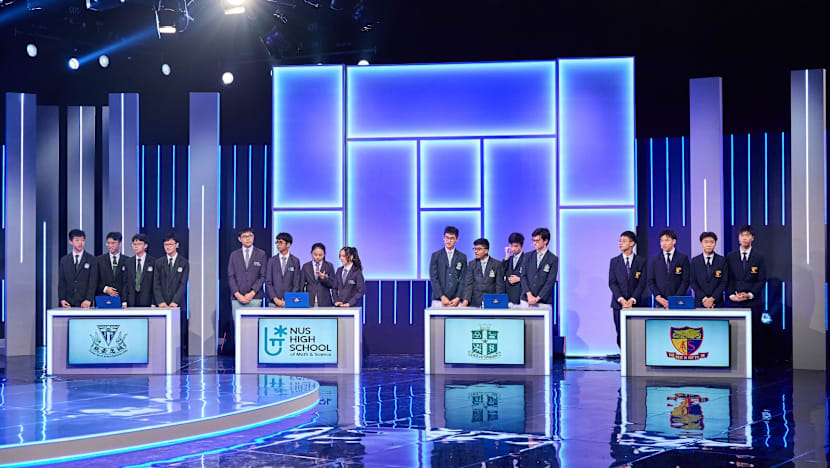 A nail-biting finish: Scores stayed tight through the first three rounds, with the winning team pulling ahead only on the final question.
A nail-biting finish: Scores stayed tight through the first three rounds, with the winning team pulling ahead only on the final question.
THE FINALS
Confronted by the rising temperatures in recent years, the CHS team pitched an idea for a “heat-smart” city model. Their interactive prototype featured passive cooling measures, reflective building materials and software-optimised wind corridors to tackle the nation’s urban heat island effect.
The team’s road to victory wasn’t without challenges. On top of working with a limited budget and condensing their presentation to four minutes, the students had to juggle the competition with their exam schedule.
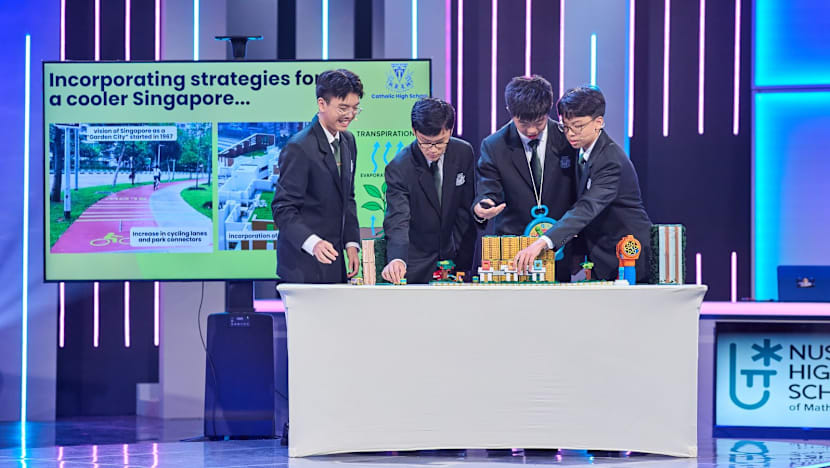 Catholic High School topped the competition with their “heat-smart” city model, which combined science and creativity in a bid to beat the heat in Singapore.
Catholic High School topped the competition with their “heat-smart” city model, which combined science and creativity in a bid to beat the heat in Singapore.
In the end, they impressed with their technical solution, clear communication and quick-thinking skills. “The CHS team stood out because they addressed the challenge directly and answered questions with clarity,” said Dr Kenneth Lay, principal scientist at A*STAR Skin Research Labs and one of the judges. “Although their proposed solution initially did not work as expected, they offered ideas on how it could be improved.”
For Kiat Chun and his teammates, the biggest reward was seeing their concept for a cooler, more sustainable Singapore taken seriously. While big ideas like wind-promoting superblocks will require extensive planning, they believe other measures like water fountains and heat-repelling paint can be applied to older estates today.
“Our solutions will be especially useful in equatorial regions with no seasons, like Singapore,” said teammate Lim Kang Yu.
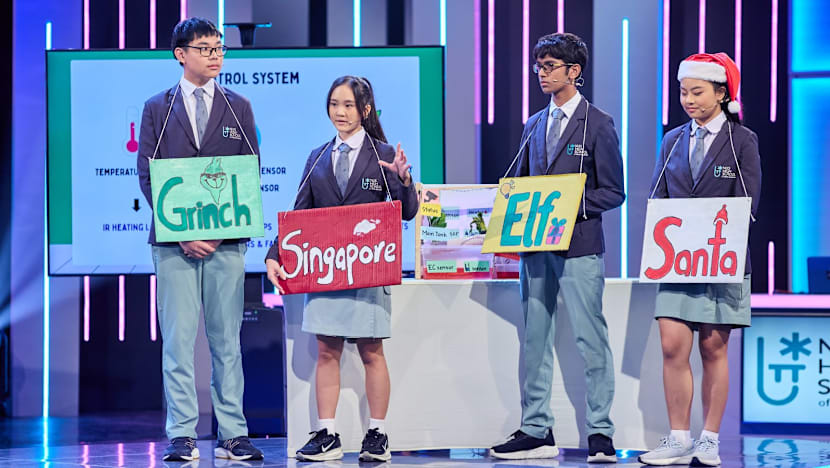 NUSH took first runner-up with a smart vertical farm concept that uses AI, Internet of Things and automation to improve food resilience with minimal human input.
NUSH took first runner-up with a smart vertical farm concept that uses AI, Internet of Things and automation to improve food resilience with minimal human input.
INNOVATIVE REAL-WORLD SOLUTIONS
Runners-up from NUS High School of Math and Science (NUSH), Anglo-Chinese School (Independent) (ACS (I)) and St Joseph’s Institution (SJI) showcased equally ambitious projects.
NUSH’s project highlighted Singapore’s food resilience with a vertical farm solution powered by the Internet of Things, artificial intelligence (AI) and automation. The smart system regulates itself with minimal human input.
The team at ACS(I) built a two-part prototype of a hydraulic lift and crane, showing how hydraulic power allows heavier objects to be lifted with relatively little effort, making everyday tasks safer, faster and more efficient.
For the students of SJI, they focused on waste management. Their prototype bin uses camera sensors, AI recognition and smart automation to sort rubbish by material. The team highlighted that their solution has potential to reverse Singapore’s declining trend in household recycling.
Beyond the competition, the students engaged in learning journeys to leading research institutions, gaining firsthand exposure to cutting-edge science and technology.
GOING BEYOND THE TECHNICAL
While technical knowledge underpinned every challenge, the competition also tested students’ creativity, problem-solving skills and communication skills.
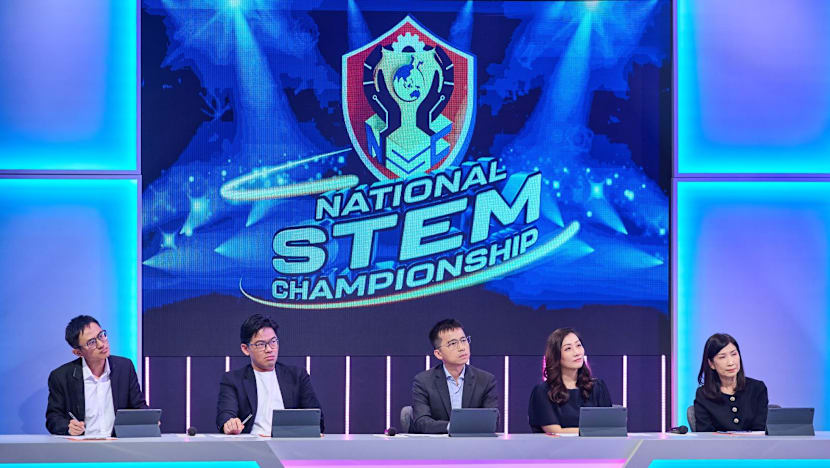 The competition aims to ignite a lasting passion for STEM and equip students with the critical thinking skills Singapore needs as a global innovation hub.
The competition aims to ignite a lasting passion for STEM and equip students with the critical thinking skills Singapore needs as a global innovation hub.
“In STEM, communication is just as critical as technical skill,” said Mr Varian Lim, deputy director of communication and engagement at Temasek Polytechnic and one of the judges. “The ability to present with clarity, confidence and persuasion is sometimes what separates one team from another when everything else is equal.”
Students from ACS(I) experienced this first-hand. “We had frequent disagreements on which ideas would work best, but we made sure to maintain open communication and listen to one another’s perspectives,” shared team member Joash Ong. “We learnt a lot about our strengths, working styles and the importance of patience and compromise.”
For Ms Tham Mun See, chief executive of the Science Centre Board, NSTEMC stands as a prime example of how hard and soft skills come together to spark innovation. “NSTEMC represents the centre’s commitment to nurturing Singapore’s future innovators and problem-solvers. Our vision extends far beyond identifying winners, as we aim to ignite a lifelong passion for STEM disciplines and cultivate the critical thinking capabilities essential for Singapore’s continued evolution as a Smart Nation and global innovation leader.”
Witness the brilliance of these young talents at the National STEM Championship, now streaming on meWatch. For details, visit the Science Centre Singapore website.
